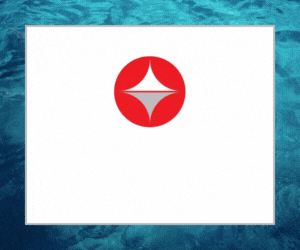Vikal International is a company that is well known for pushing the boundaries with their innovative tender designs. The two original Coral Island tenders, delivered in 1991, launched Vikal into the tender business and changed the trajectory of tender design. Now, the company has come full circle with the restoration of the two tenders that are due to be delivered to their new owner next Spring.
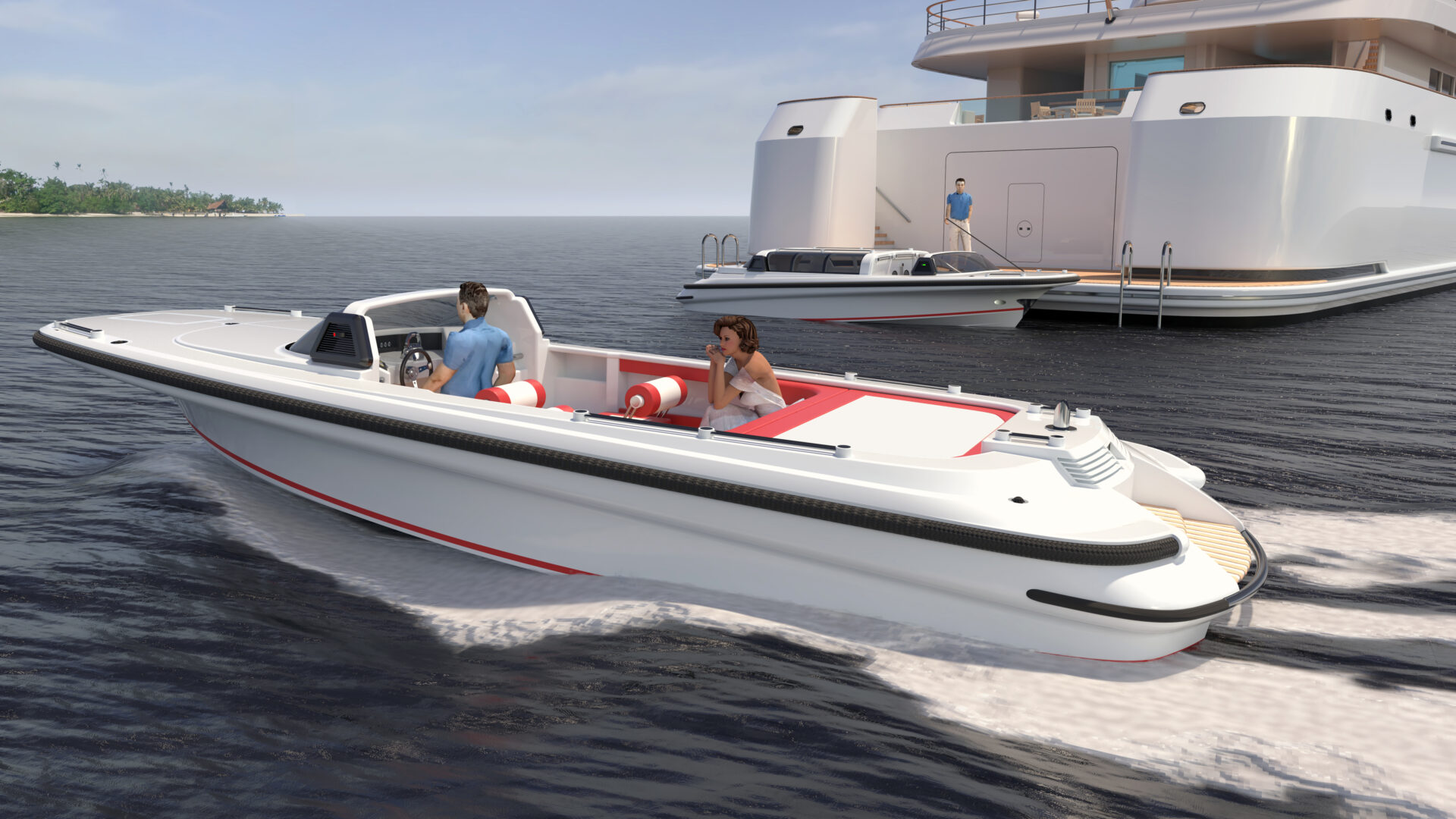
In this article, we explore the transformation of the two vessels, and gain insight into the future of tender designs. We interviewed the Sales director of Vikal, Gunnar Vikingur on the process of restoring the two tenders, the progression (or lack thereof) in tender technology, and how one of Elvis’ previously owned BMWs inspired them to take on this project.
SYC: We touched on this briefly in the previous article, but to begin can you tell us where this refit project originated from?
Vikal International: The tenders were onboard Coral Island for 12 years. When the Captain offered to sell them to us, we took the opportunity. As we were the builders of these tenders, we had inside knowledge, so to speak. It seemed a ‘no-brainer’ to buy them and prepare for the next owner. A well-built composite tender has an indefinite life expectancy.
Well-built composite yacht tenders will outlive their metal-fabricated motherships. We recognised that the structures of the Coral Island tenders would be in unchanged condition from the time they left our factory. We did not need to examine them to know this. Vinyl-Ester Resin, Carbon, Glass and Kevlar are not affected by water or salt in the way steel and aluminium are.
SYC: What made the original Coral Island tenders unique within the tender industry?
Vikal International: The Coral Island tenders have a design pedigree that conveys prestige and progressive thinking. Jon Bannenberg instructed us not to use teak decking, as even back in 1992, there was a limited supply and the resource was exploited. He was sensitive to this. The design of the boats was a fusion of the ultra-modern and art-deco, tempered by practical and operational imperatives. They were lightweight fast and manoeuvrable boats with a commanding presence.
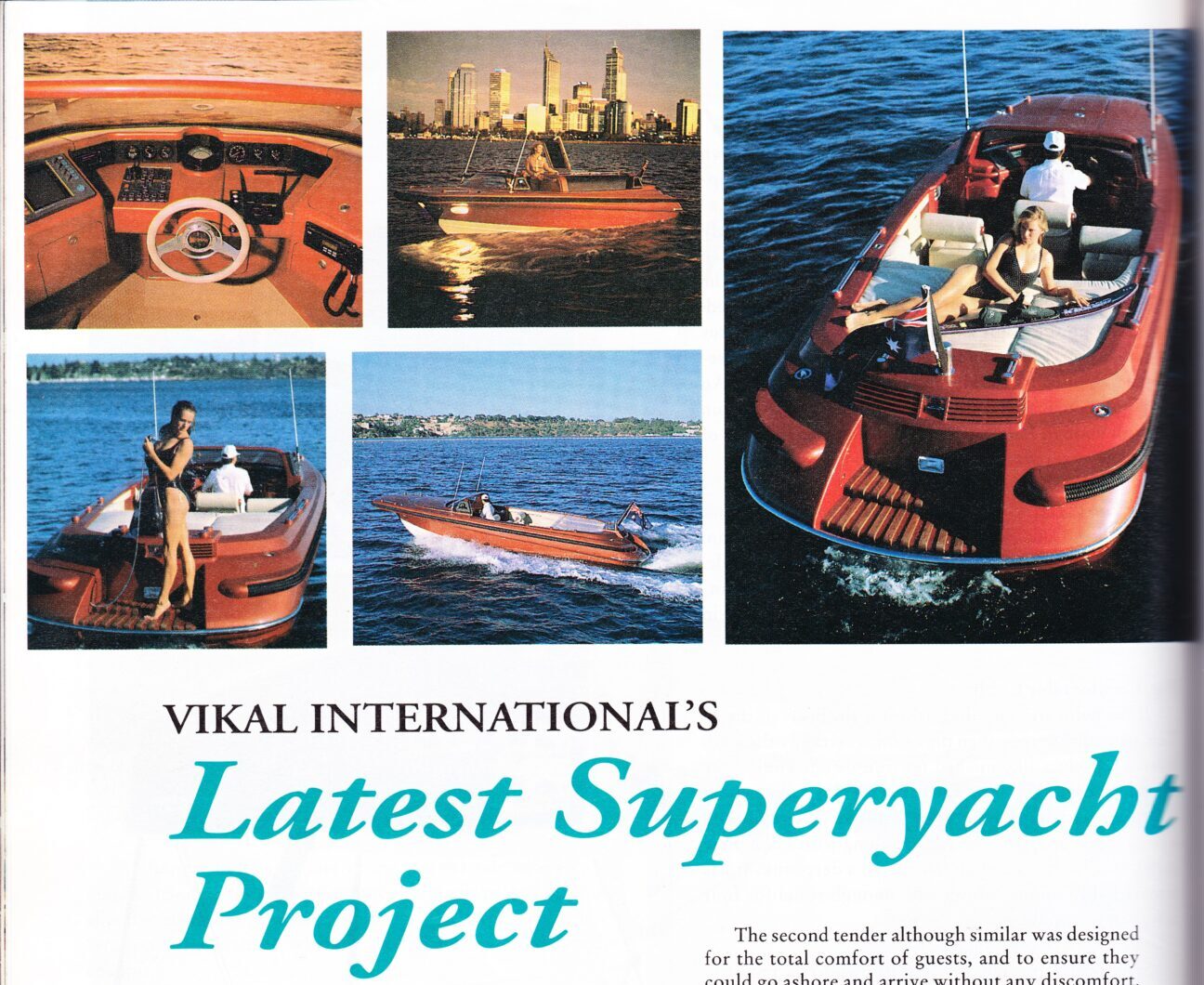
I can not tell you how many calls I had on these tenders after they appeared on the scene in Europe. It seemed everyone knew them, even if they found their presence just “too much”, as a yacht owner’s wife once said to me (she later ordered two Vikal Tenders).
SYC: How long has the Vikal team been working on this project and when do you envision it to be completed?
Vikal: The sports tender is restored back to new condition as you would a valuable classic car. The limousine remains in its original condition. We expect to have it ready for its new owner in nine months (March 2024).
Read More SYC: Vikal International, Pioneers Of Challenging Tender Designs
SYC: Are projects such as this common for Vikal?
Vikal: More common now than ever, as awareness grows of what is possible. I like to suggest to clients that if we were capable of building the tender from scratch, then why would we not be able to make the boat new again?
It can take decades for prestigious high-quality boats or cars etc to be seen as worthy of a restoration. Rarity plays a role too.
Refits are common, and poor outcomes are as common. This gives the impression that buying a new replacement tender is better than a complete restoration. The car business provides us with prophetic insights that in time might prove to be of value.
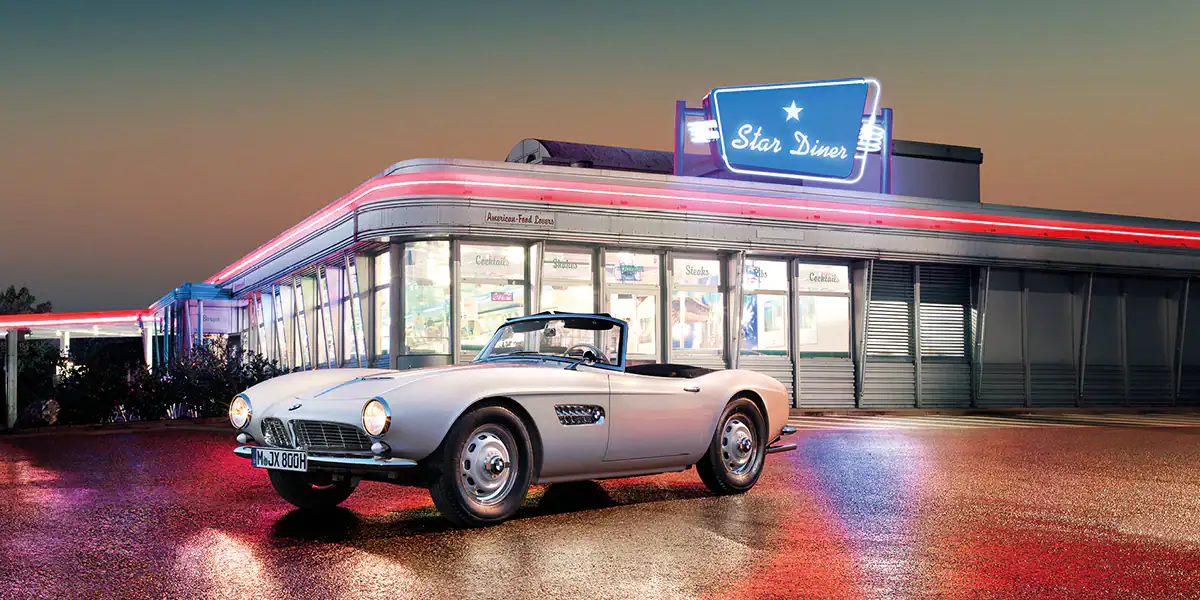
Elvis Presley’s BMW 507 is a good example. It was restored by BMW and now resides at the companies’ museum in Munich. It is a car that spent decades in the wilderness being bought and sold in America by many owners. Its provenance was of no value at first. More to the point, only 240 of the 507 BMW cars were ever made. It was destined to become an important car, with or without Elvis.
Vikal has been delivering high-end tenders to large yachts for 30 years. Maintaining boats has been around for as long as boat building has. If you have a boat or a yacht you will only avoid maintenance for so long. But, restoring yacht tenders to pristine, or better than new condition is a new thing. Like Elvis’s 507, we have had to wait, but we have two restorations of Vikal’s to do this year and into next year.
SYC: What major progressions in technology have been made since the original designs and build?
Vikal: Structurally, not a great deal. The paint hasn’t changed much. Seating, leather, glass and teak are all the same as ever. Electronics have advanced as your phone has. Engines or at least some (if one chooses carefully) have significantly improved their power-to-weight ratio.
All engine manufacturers in our space have resisted using stainless steel. We use 316 stainless for everything, yet our engine suppliers use steel sumps that quickly rust. These are bolted in with rust-prone steel bolts in the bilges where the engines live, everything quickly develops brown drips and stains.
Any new diesel engine in any of our tenders begins to rust within the first months of service. On this front, engine manufacturers have made no progress.
SYC: Can you give some examples of some of the major aesthetic differences between the original models and the new refitted ones?
Vikal: There are colour changes and teak decks, the original colours were BMW burnt orange, or ‘too much’ as one lady put it. The boats were built for a man in his early thirties. ‘Too much’ is what we delivered, with Jon Bannenberg leading the way, in milder colours, the boats look astonishingly different.
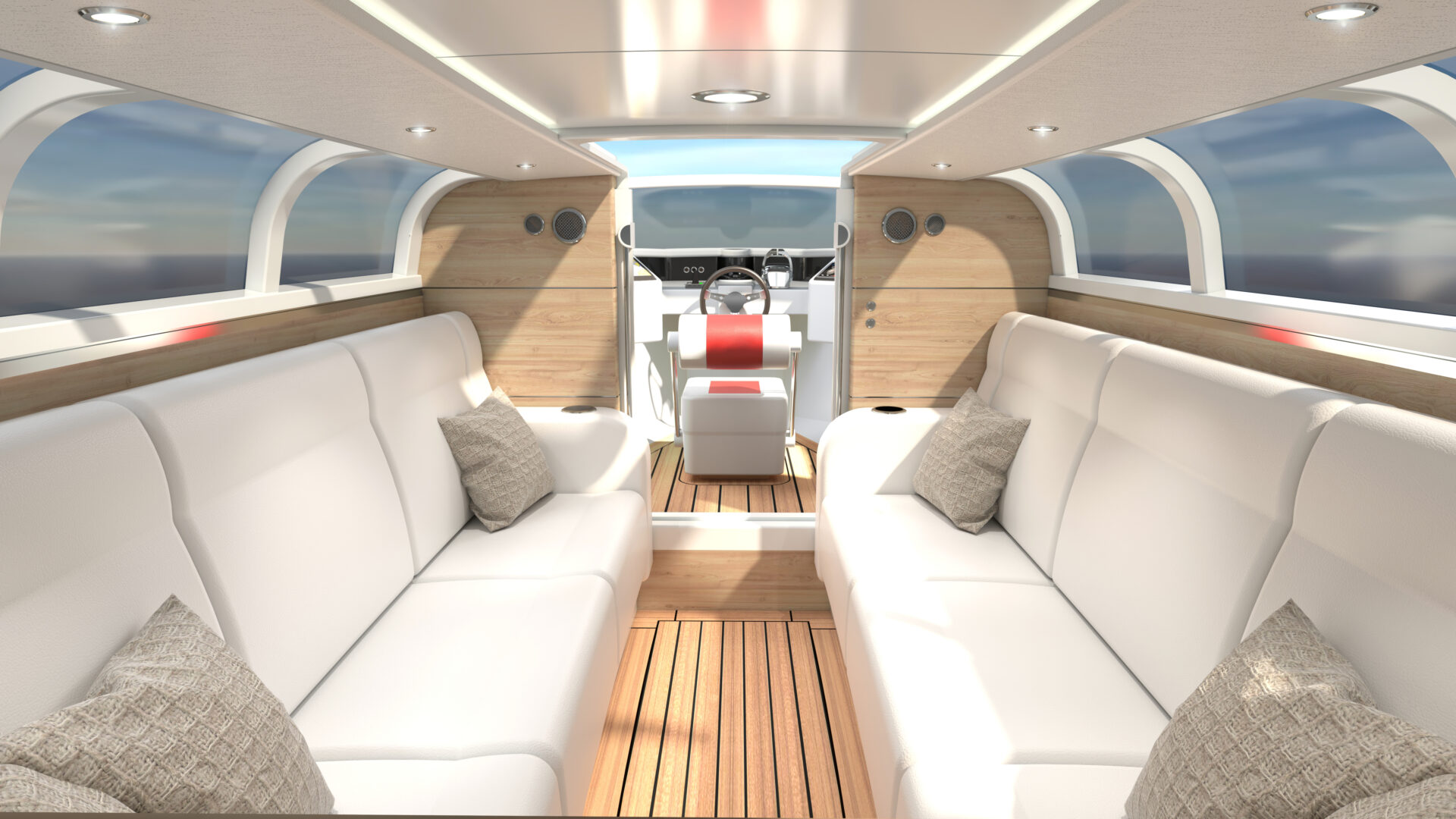
“We do get unusual requests and we relish this. We specialise in delivering the impossible.”
SYC: Compared to 30 years ago, when the original two tenders were designed and delivered, how have the wants and needs of Superyacht owners changed?
Vikal: Yachts are substantially larger and the yacht builders, once small and modest, are now larger, and less modest. It follows that we now build bigger tenders but we like to think we are still modest. Jon Bannenberg ruled the Superyacht waves years ago. Today his apprentices and disciples rule the waves.
The super-rich have multiplied and, in relative terms, their wealth continues to rise. However, it is often not the owners but rather the people around them. We do get unusual requests and we relish this. We specialise in delivering the impossible.
SYC: Is sustainability a factor in this project?
Vikal: Restoring a yacht tender and extending its life span is sustainable in a way that building one is not. Tragically, in this business, many sustainability claimants are “post-truth operators”.
SYC: In terms of the future of tender designs, where do you see the industry going?
Vikal: I see some good designs and some pointless designs. I see desperate designs. I see attention-seeking designs that blur the boundaries. Design that is disingenuous where the owner well knows that operationally the design is unworkable.
You see this now in car design, where the design blurs so far into marketing that it becomes just marketing without substance or design merit.
To discover more about Vikal International and their designs, visit their website.
For more Tender & Toys articles, click here.

.gif)












.gif)

